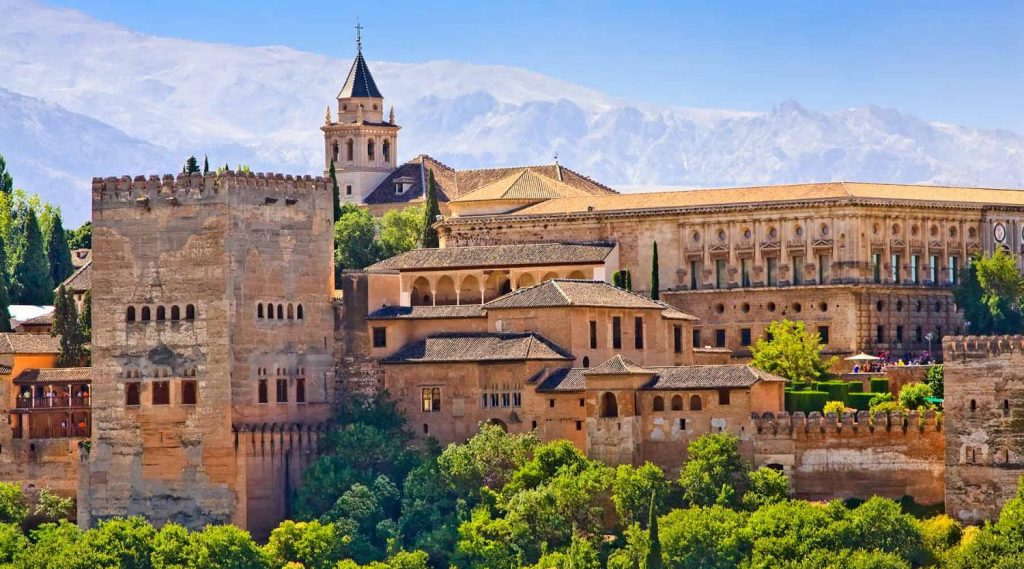The struggle for affordable accommodation among students and young professionals is at an all-time high. Most accommodation options are way beyond the reach of these people who do not have high earning power and are trying to find their footing. Most of them, however, would rather pay expensive rental costs than living in a hostel. The bad rap hostels had in the past as communal buildings with no privacy whatsoever compound this decision.
Well, if this is the notion you have of hostels when you think of affordable accommodations in London, then you are very wrong. Hostels have nowadays changed from the drab-looking halls of yesteryears to become a place where you can have lots of fun and privacy at an astonishingly low price. There are different types of rooms available for you depending on your budget and desired privacy level. The rooms are partitioned using different materials which guarantee you various levels of privacy. Here are some of the partition materials used for modern hostels.
Brick
This is one of the standard options used for dividing hostel walls. There are different types of brick partitions including reinforced, plain and noggin partitions. Walls made of brick are plastered on both sides and laid using cement mortar. Brick partitions are fire-resistant, durable and quite strong more so when reinforced with steel meshed strips. They will thus support wall hangings and other structures which other materials would not. The partitions also afford you a high privacy level since they are thick and can at times be reinforced with sound insulation materials.
Wood
These partitions comprise wooden frames which will be attached to your side walls and bolted to the floors. The partitions are lightweight but are generally covered with boards and plaster on both sides to get a solid separation. Though wood partitions are not initially fire and rot-resistant, there are different techniques used to boost their properties. The level of privacy and the weights that wood partitions will hold mainly depend on their thickness.

Glass
This is used for demarcating shower sections, though a few hostel owners also use it for partitioning their rooms. The partitions may be made of glass sheets or hollow glass blocks. Though fragile, glass partitions can filter the noise in your interiors and various techniques can be used to increase the privacy of glass.
Concrete
This material is renowned for its durability. There are different types of concrete including reinforced and plain concrete partitions. Reinforced concrete is the stronger of the two and can be hollow or solid. Concrete partitions are strong and have excellent sound insulation properties and high levels of privacy.
With these options, hostels are not the single roomed buildings comprising millions of beds seen in the past. They are now places you can quickly call home and feel right at home in. Moreover, the above partitions allow you to customise your space to feel more like home. There are however different rules on what can be included on the partitions. You should thus first take the regulations of your hostel into consideration to ensure you contravene none when.



